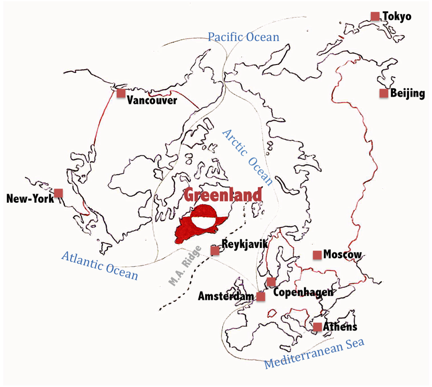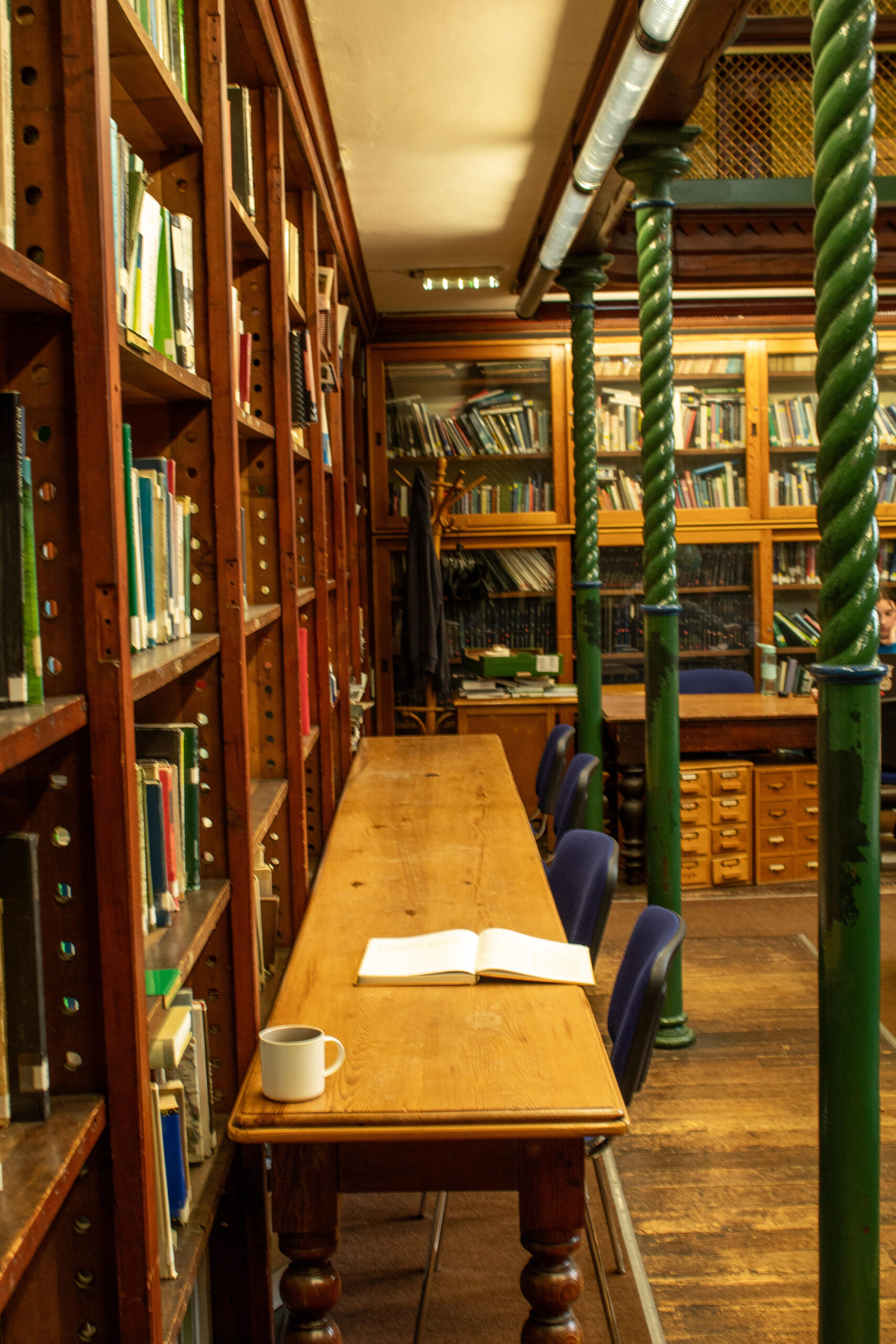Philip Engels
In recent years, natural catastrophes have caused serious trouble: hot summers in southern Europe, large floods and snow in the winter, hurricanes in the Gulf of Mexico – just to name a few. All resulted in climbing numbers of casualties and in many cases this affected the global economy. However, in Greenland, people’s perception of what most (inaccurately) refer to as ‘Global Warming’ is very different.
The rise in global temperatures has caused Greenland’s ice cap to gradually melt and this has opened a new path toward economic prosperity. As Godthåb (Nuuk) sets new records for the warmest summer (The New York Times) an increasing amount of melt water makes its way down through the countless Moulins to the southeastern fjords. Consequently, areas that for centuries were covered by thick ice are now becoming exposed. In turn, Greenlanders have started to cultivate their land and to grow potatoes, cabbage etc…(Spiegel International) while making use of one of the world’s largest water reserves. Also, numerous geologists and corporations have taken the advantage to carry out new underground explorations. The Australian company Cairns Energy recently discovered one of the world’s greatest source of rare earths: a resource that is not only rare and mostly controlled by China (who, according to the Economist currently supplies 97% of the world’s rare earths) but it also enjoys a great global demand. The latter is mostly used to produce various electronic apparatuses: from cameras to cell phones. Moreover, other explorations revealed the presence of uranium and diamonds. Aside from mineral wealth, Greenland also conceals another, even more interesting secret: oil. Companies from around the world, such as US based Exxon to Royal Dutch Shell or even Denmark’s Maersk, have all started to explore the bottom of the Baffin Bay which according to Reuters is the source of an estimated 20 million barrels of oil! Previously considered bare and unforgiving, Greenland has now become a ‘gold mine’.
But what exactly has ‘Global Warming’ meant for the inhabitants of Greenland? Various reports and articles (from the FT to the NY times and Reuters) have displayed different views. From the point of view of Greenlandic fishermen, the melting of the glaciers and warmer seawater has translated into longer travelling distances for the catching of cod and other North Atlantic fish. For the hunters of the upper eastern region, it is a major obstacle to which helicopters have become the only solution. This said, for the few youngsters that inhabit the southern cities of Godthåb and Narsaq, Global Warming has become a symbol of social change: openness to the world, new economic opportunities and a downturn in rates of suicide and alcoholism. In any case, changes have already started to occur and little can be done to resist the forces of globalization.
In Greenland, environmental conditions are becoming the source of important historical changes. The global demand for oil (now reaching new heights due to the crisis in Libya) and other minerals have forced investors in an environment that for years was anchored in cultural, economic and political stagnation. New mineral discoveries, a new state of autonomy within Denmark and a new, revised position in the geo-political world have now marked the start of a new future – but what will this future hold? Will economic development translate into environmental degradation in an area directly affects global sea levels? This question brings us to a central issue – should humans opt for economic prosperity at the detriment of the environment? Should humans continue to inhabit areas where natural catastrophes are a common phenomenon (Japan lying on the Ring of Fire, Greenland being near the Mid-Atlantic Ridge and covered by a melting ice cap)?
The case of Greenland may provide us with the answer.







